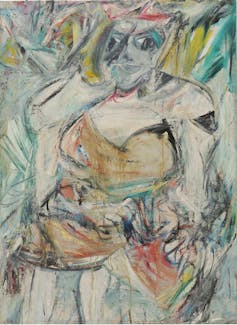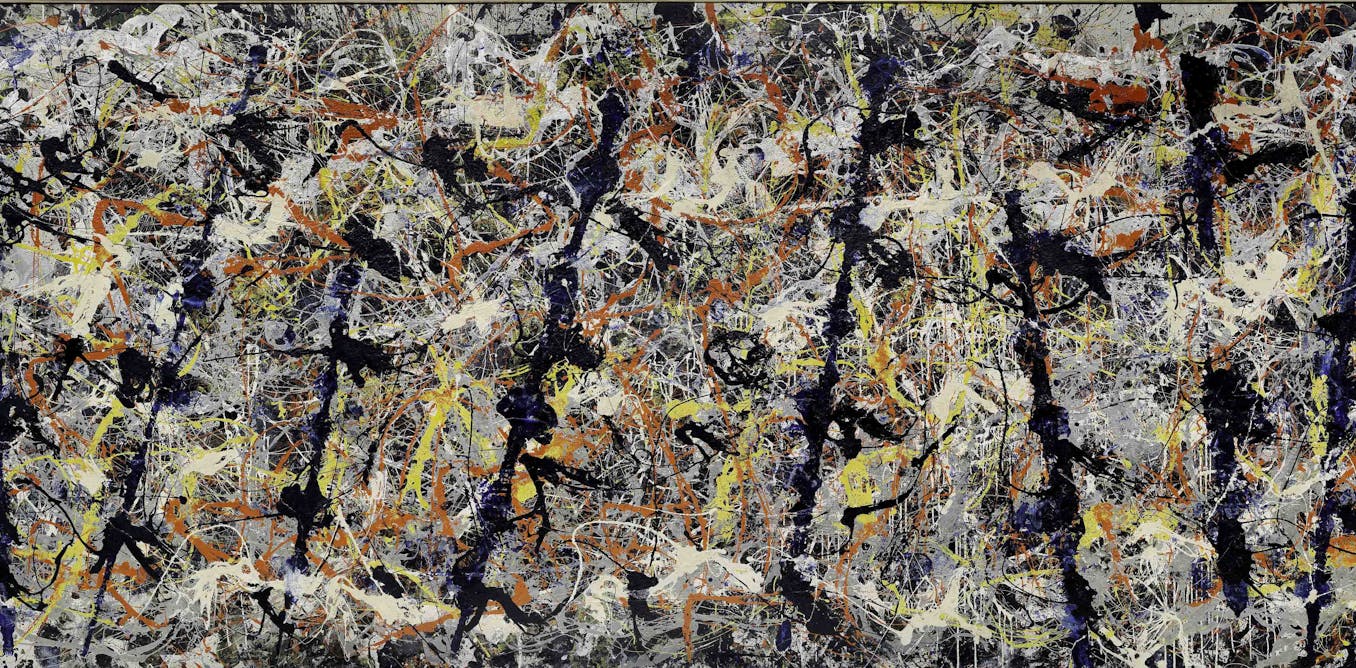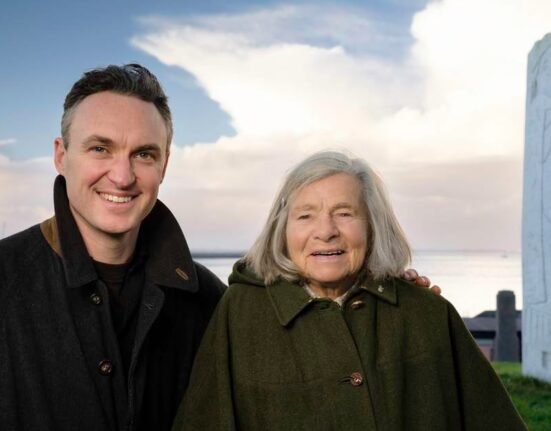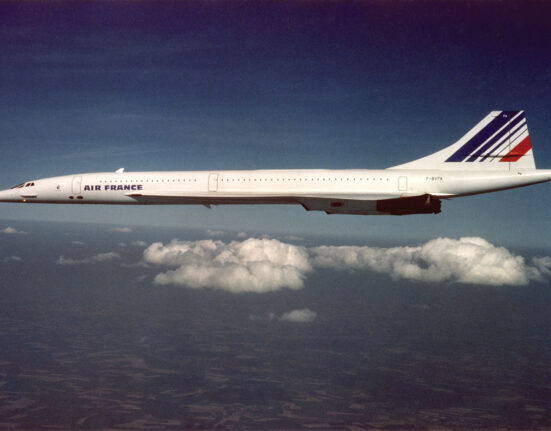A new exhibition, Abstract Expressionism, opens at London’s Royal Academy this weekend. It is the first major survey of the movement since 1959. Abstract expressionism is often considered the first artistic movement to shift the centre of Western art from Europe to the US, and more precisely New York. But what is it, and how did this happen?
Associated with a group of artists working in New York in the 1940s, abstract expressionism came to be known as the quintessential American and modern art movement. Heirs to the progressive abandonment of figurative and naturalist painting styles that had been taking place in Europe since the early 20th century, the painters associated with the movement came to be known for their innovative use of new synthetic industrial paints, large scale canvases, and the development of very individual abstract styles.
Some of the most easily identifiable include Franz Kline’s quick and simple brushstrokes, at times likened to Japanese calligraphy; the drips and rapid splatters of Jackson Pollock; Robert Motherwell’s large repeated ovals and rectangles; and Mark Rothko’s large blocks of colour.

© ARS, NY and DACS, London 2016
Despite often being seen as “childish” painting that “anyone could do”, abstract expressionism has a history that is more interesting than we might suspect at first. Because the emergence of the movement in the 1940s and its internationalisation in the 1950s wasn’t only due to the work of its artists. It was also due to both the art criticism and political environments of its time. So much so that we cannot think abstract expressionism without considering the work of critics such as Clement Greenberg and the role of art as a cultural weapon during the Cold War.
A European story
Writing at the same time as the abstract expressionists were developing their signature styles, Greenberg became the critic that most famously endorsed the movement. He claimed it represented the most “advanced” form of Western art. To justify this, Greenberg looked at the work of older European artists such as Manet, Monet, Cézanne and Picasso, arguing that European painting had been progressively moving away from representations of the three-dimensional world outside. According to him, this was also accompanied by a progressive flattening of the pictorial space.
Greenberg argued that this showed an increasing concern with investigating the potential and limitations of the elements that belonged exclusively to the medium of painting: a flat canvas with specific dimensions (length and width) upon which paint is applied. All historic examples of paintings that give the impression of three-dimensional space on canvas, all painting that tries to mimic the world outside of it, were, for Greenberg, paintings that tried to conceal their true nature.

© 1998 Kate Rothko Prizel & Christopher Rothko ARS, NY and DACS, London
What is crucial here is that, by producing this narrative of European art, Greenberg was able to claim that, for the first time ever, the most “advanced” form of Western art was no longer being produced in Europe but instead in New York. For him, it was painters like Pollock, Motherwell, De Kooning, Rothko, Kline, and Newman that were now, thanks to the new abstract languages they were developing, carrying on the work that had begun with the European avant-gardes. European artists, he argued, had not been able to carry this to completion, due, in part, to the weight of tradition, something that America did not have to carry.
So it was in large part due to critics like Greenberg, but also collectors like Peggy Guggenheim, and curators like MoMA’s Alfred H Barr, that abstract expressionism eventually gained momentum among the art glitterati of New York in the 1950s, despite never being popular among the wider American public.

© ARS, NY and DACS, London 2016
Cold War art
But there is also politics to consider. Abstraction had been allowed to thrive in part due to the earlier sponsorship of Franklin Roosevelt’s New Deal, which saw an incredible amount of government funds being used to directly employ artists and commission new public artworks in the aftermath of the Great Depression. Most of the works funded by that programme were American regionalist paintings and large social realist murals. But some of the funds were also used to support the early work of some of the artists whose career would eventually progress towards what came to be known as abstract expressionism.

© 2016 The Willem de Kooning Foundation/Artists Rights Society (ARS), New York and DACS, London 2016
But perhaps one of the most iconic contributors to the dissemination of the movement as the culmination of Western art history was the Cold War. In the 1950s, at the peak of the ferocious anti-Communist sentiment of the McCarthy era in the US, the agendas of institutions like MoMA in New York and critics like Greenberg converged with the political interests of the CIA. Such convergence led to a series of exhibitions that would tour Europe during the Cold War years. The most famous of those was MoMA’s The New American Painting, which came to Europe in 1958-59. This show was responsible for bringing abstract expressionism to all major European capitals, including West Berlin.
Whether or not these exhibitions were funded or facilitated by the CIA, as some have convincingly argued, they were certainly responsible for cementing the perception of America as the legitimate heir of European aesthetic and political values. Against a USSR perceived as totalitarian and oppressive, with state-sanctioned socialist realism coming across as kitsch and formulaic propaganda, abstract expressionism, with its variety of individual voices and painterly styles, would eventually become a symbol of the autonomy, liberty and creative freedom allegedly enjoyed by all in the West. These were values that, from then on, became manifest in the generalised perception of the US as the ultimate beacon of Western culture.







